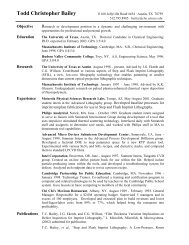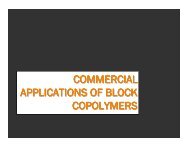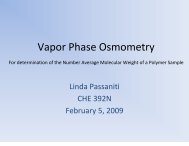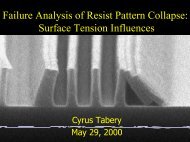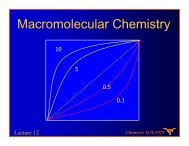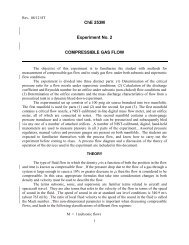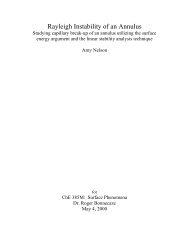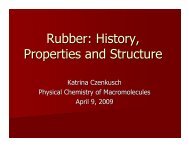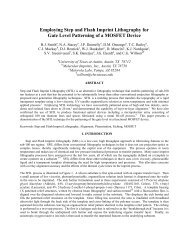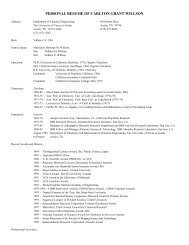Asymmetric fluid-structure dynamics in nanoscale imprint lithography
Asymmetric fluid-structure dynamics in nanoscale imprint lithography
Asymmetric fluid-structure dynamics in nanoscale imprint lithography
- No tags were found...
Create successful ePaper yourself
Turn your PDF publications into a flip-book with our unique Google optimized e-Paper software.
is a major milestone. The next step would be to use this <strong>in</strong>formation to performreal-time control of the base layer thickness and template orientation.Step and Flash impr<strong>in</strong>t <strong>lithography</strong> has the potential to become amanufactur<strong>in</strong>g technology with<strong>in</strong> several years. It offers high-resolutioncapability, high-throughput, and cost effectiveness. Much progress has beenmade <strong>in</strong> the way of appropriate chemistries for the etch barrier, transfer layers,etc. Significant work has been done to understand the k<strong>in</strong>ematics of the mach<strong>in</strong>esnecessary to perform impr<strong>in</strong>t<strong>in</strong>g. Several impr<strong>in</strong>t<strong>in</strong>g prototypes have beendeveloped and are currently be<strong>in</strong>g used to meet the ongo<strong>in</strong>g challenges <strong>in</strong> theresearch. There are several milestones that must be surpassed before SFIL canbecome a full manufactur<strong>in</strong>g technology. The follow<strong>in</strong>g sections attempt toillum<strong>in</strong>ate the reader on these specific tasks.7.2 FUTURE WORK7.2.1 Numerical Solution to the Generalized Reynolds EquationIn deriv<strong>in</strong>g the analytical solution to the pressure distribution, thetopography of the template has been neglected. Also, three-dimensional effectscould be significant enough to warrant a full numerical solution to the generalizedReynolds equation, which would <strong>in</strong>clude topography, growth of the <strong>fluid</strong>boundary, and angle of <strong>in</strong>cl<strong>in</strong>ation as well as lateral motions. A practical issue <strong>in</strong>model<strong>in</strong>g with the generalized solution to the Reynolds equation is computationalcomplexity s<strong>in</strong>ce the solution would need to be numerical as opposed toanalytical. Complete <strong>fluid</strong>-<strong>structure</strong> coupl<strong>in</strong>g may require a high number offloat<strong>in</strong>g-po<strong>in</strong>t operations and complex numerical algorithms to solve for the100



